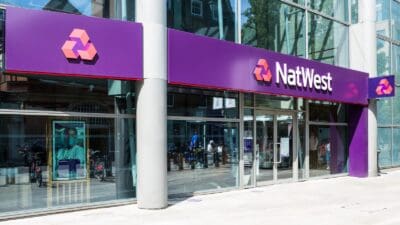Buying shares in a company which is recording falling levels of profit may be viewed as a risky move. After all, the company could be facing internal problems or external challenges which take a long time to improve. However, in many cases the stock market has already priced-in such difficulties and when coupled with the prospect of improving performance in the long run, recovery stocks can be a profitable place to invest. Here are two FTSE 100 stocks which could become recovery plays.
High-yield retailer
Next (LSE: NXT) has fallen by 40% in the last year as the company’s financial outlook has deteriorated. It is now expected to record a fall in earnings of 7% this year, followed by a further decline of 1% next year. Much of this fall in profitability is set to be caused by weakening consumer confidence. As inflation rises, wage growth could fall into negative territory on a real-terms basis. This could mean households across the UK find their disposable income is stretched and spending on clothing and home items such as those sold by Next could fall.
Despite this, Next could prove to be a worthwhile investment. It trades on a price-to-earnings (P/E) ratio of just 9.8, which takes into account the current year’s projected fall in earnings. Given the strength of its balance sheet, its robust cash flow and high degree of customer loyalty, such a low valuation is difficult to justify. Therefore, if the UK’s economic outlook is better than expected, Next’s shares could rise significantly.
Should you invest £1,000 in Anglo American right now?
When investing expert Mark Rogers has a stock tip, it can pay to listen. After all, the flagship Motley Fool Share Advisor newsletter he has run for nearly a decade has provided thousands of paying members with top stock recommendations from the UK and US markets. And right now, Mark thinks there are 6 standout stocks that investors should consider buying. Want to see if Anglo American made the list?
In addition, Next currently yields 4% plus a special dividend. This makes it one of the highest yielding shares in the FTSE 100. It could therefore become attractive to income-seeking investors who are concerned at the rising rate of inflation throughout the course of 2017.
Internal challenges
While Next is struggling because of external challenges, Rolls-Royce (LSE: RR) is experiencing difficulties at least partly due to internal problems. It has become somewhat inefficient relative to sector peers, which is why its management team is putting in place major transformation programmes to improve the company’s profitability.
They are expected to be successful. The market is forecasting a rise in earnings of 7% in the current year, followed by further growth of 17% next year. This puts Rolls-Royce on a price-to-earnings growth (PEG) ratio of just 1.1. This indicates that the market has not yet priced-in the recovery potential of the company, which could indicate that its shares are undervalued.
As well as strategy changes, Rolls-Royce could also benefit from an improving outlook for the global defence sector. Higher military spending looks set to be a key theme of the Trump presidency, which could increase demand for the company’s products over the coming years. Following a difficult period for the industry and for the business, now could prove to be the perfect time to buy Rolls-Royce for the long term.






